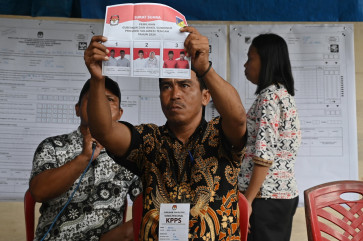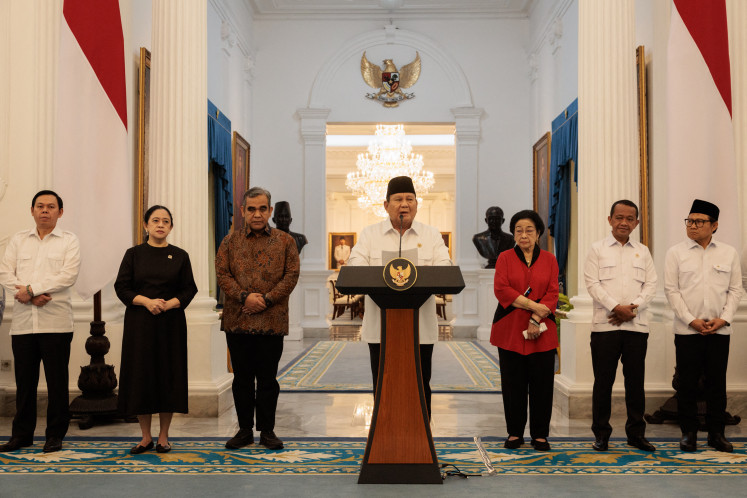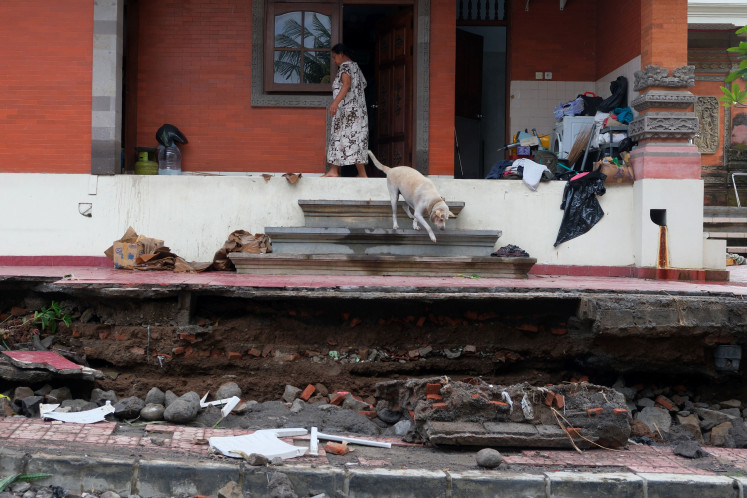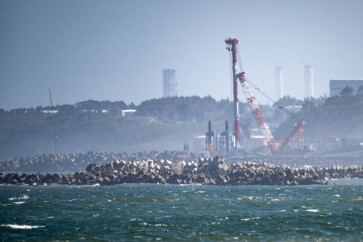Popular Reads
Top Results
Can't find what you're looking for?
View all search resultsPopular Reads
Top Results
Can't find what you're looking for?
View all search resultsSmall reactors, the future of Indonesia’s nuclear energy
In view of the potential sidelining of nuclear power as a priority in Indonesia's energy strategy and the resulting unemployment of the country's nuclear resources, especially its highly skilled nuclear workforce, the government could retailor its strategy to focus on alternative solutions, such as building small reactors to power remote cities and AI data center.
Change text size
Gift Premium Articles
to Anyone
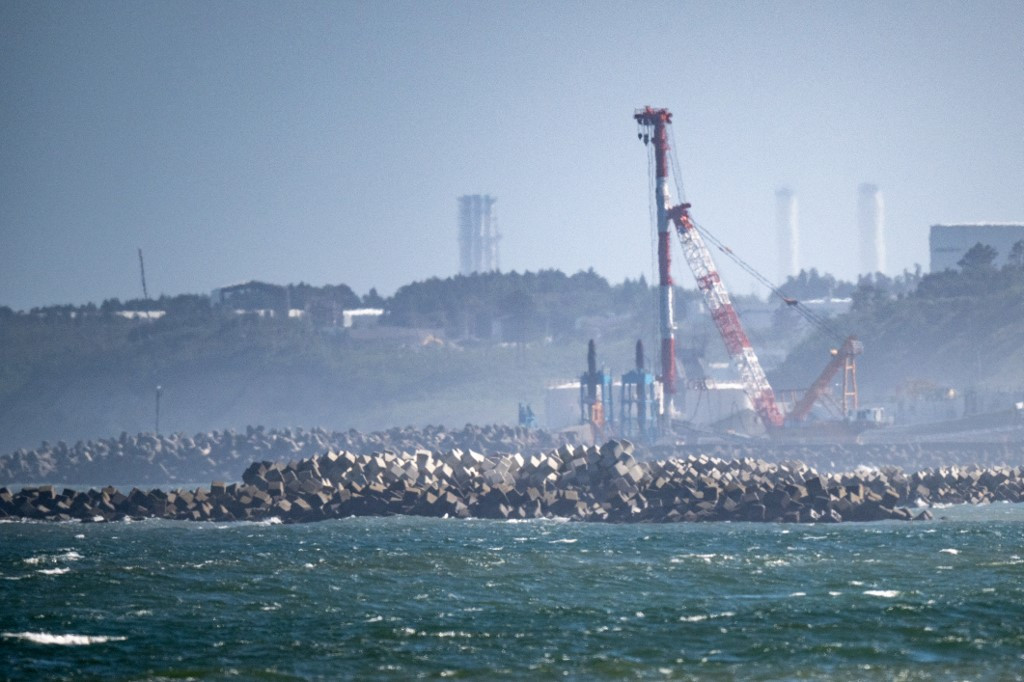 Mist hangs over the coast near the crippled Fukushima Daiichi Nuclear Power Plant (rear) of the Tokyo Electric Power Company (TEPCO), as seen from Ukedo fishing port in Namie, Fukushima prefecture on Aug. 24, 2023, the day the Japanese government began releasing treated wastewater from the plant into the Pacific Ocean, despite angry opposition from local fishermen and China. (AFP/Philip Fong)
Mist hangs over the coast near the crippled Fukushima Daiichi Nuclear Power Plant (rear) of the Tokyo Electric Power Company (TEPCO), as seen from Ukedo fishing port in Namie, Fukushima prefecture on Aug. 24, 2023, the day the Japanese government began releasing treated wastewater from the plant into the Pacific Ocean, despite angry opposition from local fishermen and China. (AFP/Philip Fong)
I
applied the political and cultural lenses framework in analyzing the nuclear energy option in Indonesia in my two previous articles in The Jakarta Post (July 6; July 20). The feedback from readers that struck my conscience was the cynical yet revealing fact that Indonesia has other priorities besides developing its untapped nuclear energy resources, such as economic growth, education, health care, trade, political stability, national security and other viable energies.
With this feedback in the back of my mind, I cannot help but apply the last lens of the three-lens framework, the structural lens.
Is the feedback valid? The Java-Bali region currently has an electricity oversupply of 4 gigawatts (GW), though this has been reduced from 7 GW at the end of 2022. This significant oversupply underscores the lack of necessity in adding new power plants, including nuclear.
The oversupply is attributed to lower-than-expected industrial demand and economic growth, which has remained consistently below the 7-8 percent growth projection used in the 35 GW megaproject. Instead, the national economy has grown at a rate of 5-6 percent, leading to an accumulation of excess power.
To manage this situation, the Energy and Mineral Resources Ministry is delaying the commercial operating dates of several new power plants to alleviate the take-or-pay (ToP) burden on state electricity company PLN. This approach aims to prevent accumulating further oversupply and financial strain on PLN.
Given this context, the focus has shifted to optimizing existing capacity and exploring renewable energy sources rather than expanding capacity with new power plants, including nuclear options. Additionally, Indonesia's long-term energy plans, as outlined in the National Energy Policy and various road maps, do not prioritize nuclear power in the national energy mix by 2050, focusing instead on renewable energy sources to meet its sustainability targets.
Prior to 2015, Indonesia's electricity generation capacity was significantly lower at around 22 GW from coal-fired power plants. The substantial increase to 35 GW was part of the 35,000-megawatt (MW) megaproject initiated in 2015 to support anticipated economic growth and industrial demand. This expansion was pursued despite Indonesia's ratification of international agreements, such as the Kyoto Protocol and the Paris Agreement.



